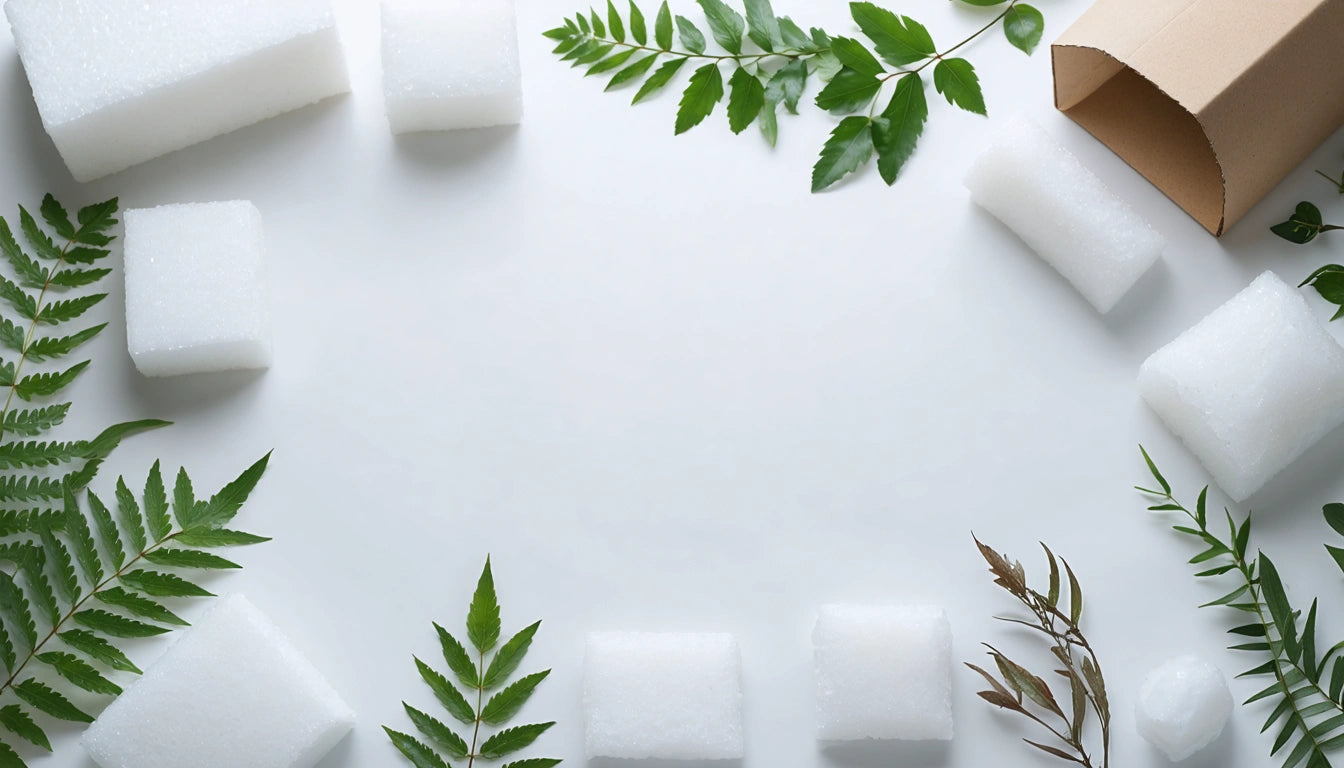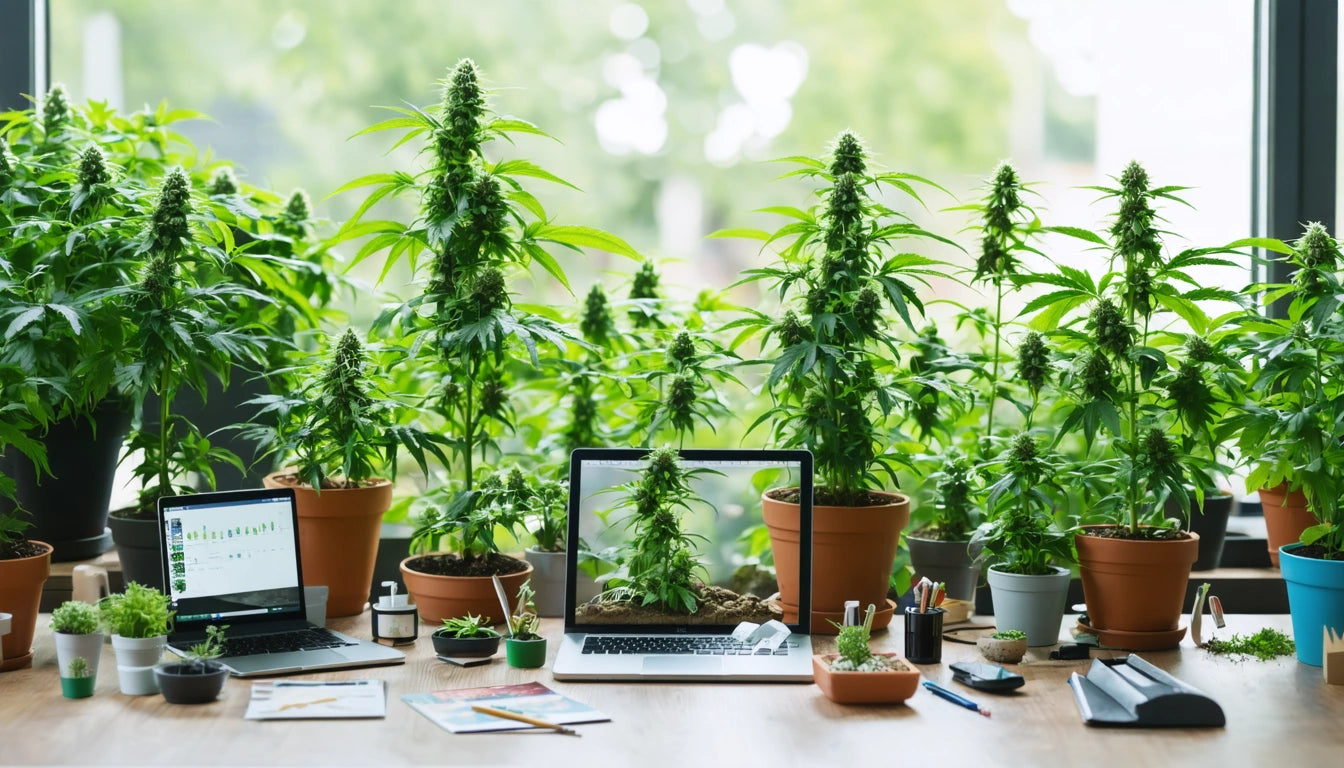Table of Contents
- Styrofoam Packaging Disposal: Options and Best Practices
- Dry Ice Packaging: Safe Handling and Disposal Methods
- Compostable Packaging: How to Properly Process and Dispose
- Nordic Ice Packs: Environmentally Responsible Disposal
- GLP-1 Pens: Medical Waste Disposal Considerations
- Sustainable Packaging Future: Moving Beyond Disposal
Comprehensive Guide to Disposing and Managing Various Packaging Materials
Proper disposal of packaging materials is essential for environmental sustainability and regulatory compliance. Different materials require specific disposal methods, from styrofoam and dry ice packaging to compostable materials and specialized items like nordic ice packs and GLP-1 pens. This guide provides detailed instructions for responsibly managing these diverse packaging materials.
Styrofoam Packaging Disposal: Options and Best Practices
Styrofoam (expanded polystyrene) presents unique recycling challenges due to its lightweight, bulky nature. While technically recyclable, many municipal programs don't accept it because of processing difficulties.
Recycling Options
Before disposing of styrofoam packaging, check these alternatives:
- Specialized drop-off locations that specifically accept foam packaging
- Mail-back programs offered by some manufacturers
- Local packaging stores that may reuse clean styrofoam peanuts
For more comprehensive information about foam recycling options, our guide on recycling foam packaging provides location-specific resources and alternatives.
When Recycling Isn't Available
If recycling options aren't accessible, styrofoam must go to landfill waste. To minimize environmental impact:
- Compress the material to reduce volume
- Ensure it's clean and free of food residue
- Consider alternatives for future purchases, such as biodegradable packaging materials
Dry Ice Packaging: Safe Handling and Disposal Methods
Dry ice (solid carbon dioxide) requires special handling and disposal procedures due to its extremely cold temperature (-78.5 °C/-109.3 °F) and sublimation properties.
Safe Handling Precautions
When dealing with dry ice packaging:
- Always wear insulated gloves to prevent cold burns
- Never store in airtight containers as pressure buildup can cause explosion
- Keep away from children and pets
- Ensure adequate ventilation to prevent CO2 buildup
Proper Disposal Process
To dispose of dry ice packaging:
- Remove the dry ice from packaging materials
- Place in a well-ventilated area away from people and pets
- Allow it to sublimate (turn from solid to gas) completely
- Dispose of remaining packaging according to material type
For those wondering where to buy dry ice for packaging needs, many grocery stores, supermarkets, and specialty ice companies sell it. When using precision scales for measuring products that require temperature control, dry ice can be an essential tool for maintaining quality during packaging.
Compostable Packaging: How to Properly Process and Dispose
Compostable packaging is designed to break down into non-toxic components, but requires specific conditions to decompose properly.
Industrial vs. Home Composting
Understanding certification labels is crucial:
- "Industrially Compostable" requires commercial facilities with controlled temperature and humidity
- "Home Compostable" can break down in backyard compost systems
- Uncertified "biodegradable" items may not fully decompose
For more information on sustainable packaging options, explore our guide to eco-friendly packaging ideas.
Composting Process
To properly compost packaging:
- Verify compostability certification on packaging
- Remove any non-compostable components (stickers, labels)
- Cut or tear into smaller pieces to accelerate decomposition
- Add to appropriate compost system based on certification
- Ensure proper moisture and temperature conditions
If composting facilities aren't available, check with your local waste management authority for guidance, as some compostable packaging may contaminate recycling streams.
Nordic Ice Packs: Environmentally Responsible Disposal
Nordic ice packs and similar gel packs are commonly used for temperature-controlled shipping but require special disposal consideration.
Types of Ice Packs
Different varieties require different disposal methods:
- Water-based: Can often be drained and the plastic recycled
- Gel-based: May contain non-toxic but non-biodegradable chemicals
- Plant-based: Some newer options are biodegradable
Disposal Options
For responsible disposal:
- Check manufacturer instructions first
- For water-based packs, cut open, drain contents into sink, and recycle plastic if accepted locally
- For gel packs, check if the manufacturer offers take-back programs
- Consider reusing for personal coolers, lunch boxes, or first aid
Many shipping companies and pharmacies also accept clean ice packs for reuse. For more general recycling guidelines, consult our comprehensive recycling guide.
GLP-1 Pens: Medical Waste Disposal Considerations
GLP-1 pens, used for medications like semaglutide and liraglutide, require proper disposal as medical waste.
Safety Considerations
These pens contain:
- Needles that pose sharps hazards
- Residual medication that shouldn't enter water systems
- Batteries in some electronic models
Disposal Methods
For safe disposal:
- Never throw used pens in regular trash
- Use FDA-cleared sharps containers or mail-back programs
- Check with local pharmacies for take-back options
- Contact your municipality about medical waste disposal services
- Some manufacturers offer specific disposal programs
Always follow manufacturer guidelines and local regulations for medical waste disposal to ensure safety and compliance.
Sustainable Packaging Future: Moving Beyond Disposal
The future of packaging lies not just in better disposal methods but in reimagining packaging itself.
Innovative approaches include:
- Reusable packaging systems with return infrastructure
- Packaging-free retail options gaining popularity
- Materials designed for circular economy models
- Digital solutions for tracking packaging lifecycle
Businesses can prepare for this future by exploring custom packaging solutions that prioritize sustainability from design through disposal.
For specialized industries like cannabis, proper packaging disposal takes on additional importance due to regulatory requirements and child-resistance features. Proper disposal ensures compliance while advancing sustainability goals.
By understanding the specific disposal requirements for each packaging material, consumers and businesses can make more informed choices that reduce environmental impact while maintaining product integrity and safety.











Leave a comment
All comments are moderated before being published.
This site is protected by hCaptcha and the hCaptcha Privacy Policy and Terms of Service apply.